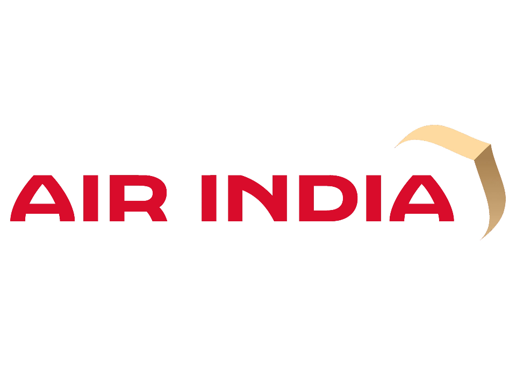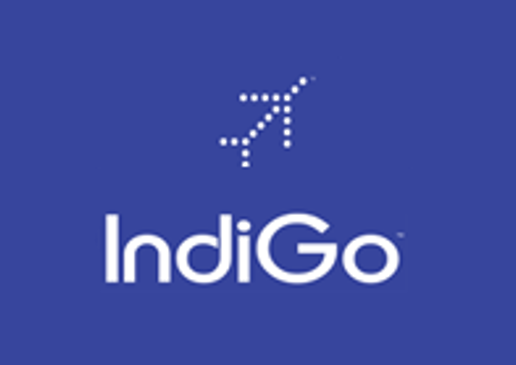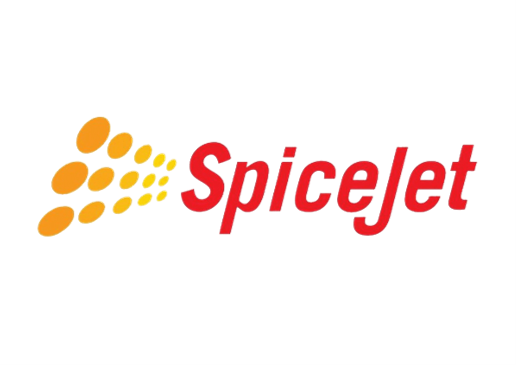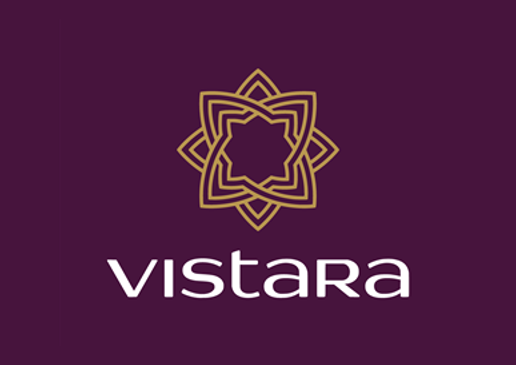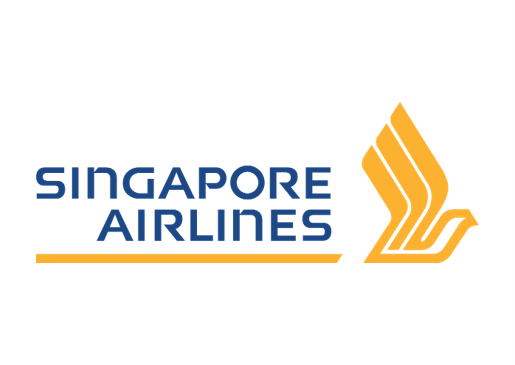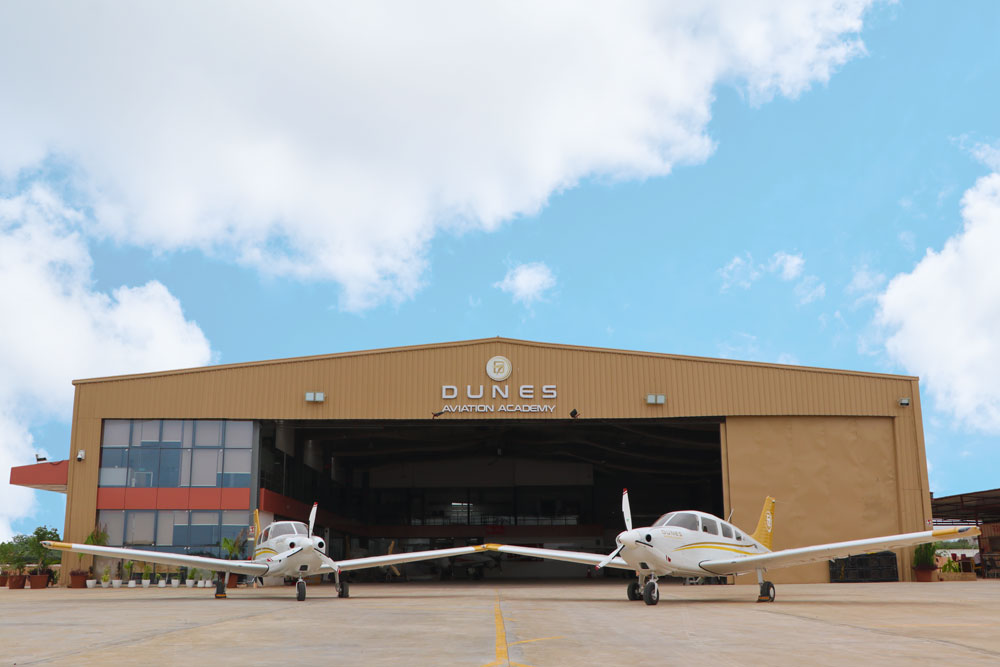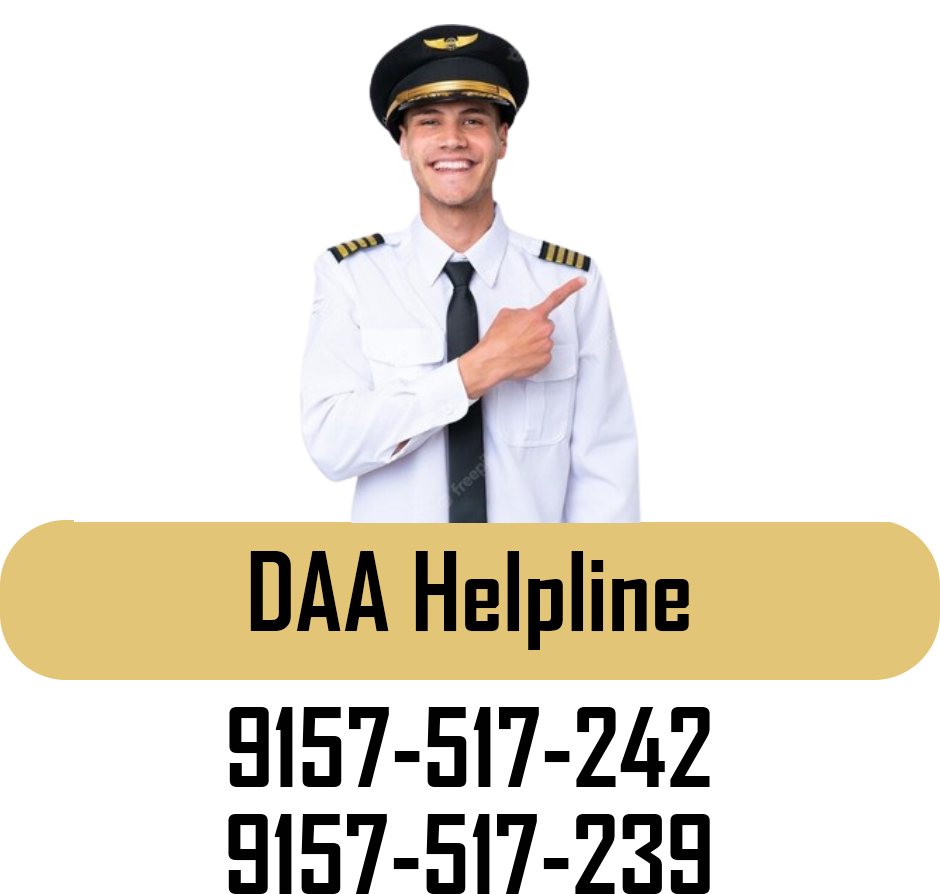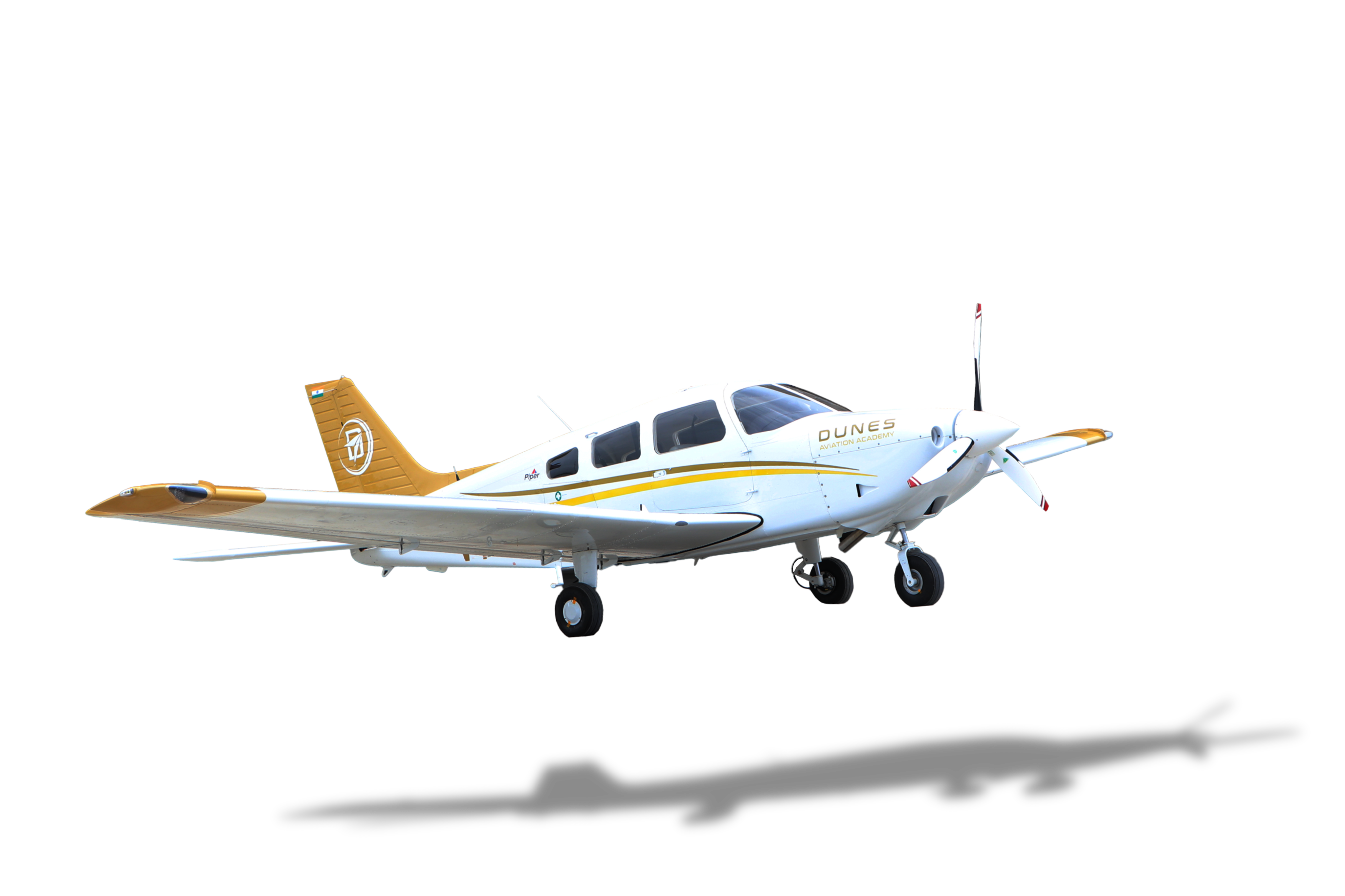
Your Runway to Takeoff for a Flying Career
World-Class Aviation TrainingDunes Aviation Academy envisages raising the bar & exceeding the benchmark for flying training in Bhavnagar, Gujarat, by providing world-class aviation training using cutting-edge technology. Dunes Aviation Academy is one of the best Pilot & Flying Training Academy based in Ahmedabad & Bhavnagar. Discover our comprehensive aviation programs, including CPL, PPL, AFIR, and advanced simulator training. As a DGCA-approved flight school, we offer specialized courses like the Parachute Entry Program and BBA in Aviation Management. Join Dunes Aviation Academy to achieve your aviation dreams with top-tier training and expert guidance.
Dunes Aviation Academy (DAA)
The Dunes Aviation Academy has been conceptualized as a world-class flying training Institute with state-of-the-art infrastructure, commencing its operation from Bhavnagar Airport. The Academy is committed to producing globally accepted pilots & other aviation professionals by imparting quality training at par with international benchmarks.
Committed to fulfilling your
Dreams | Aspirations | Ambitions
A diverse fleet of well-maintained aircraft, including Diamond DA42, Cessna 172s and Piper Archer DX, designed to provide hands-on training for aspiring pilots. Each aircraft is equipped with modern avionics, ensuring students gain practical experience in a real-world flying environment.
DAA: An Edge Over Others
Safety
Offering students with a safe and rewarding learning experience.
Ethics
Following ethical practices while dealing with all the stakeholders.
Efficiency
Delivering high level of efficiency in all aspect of flying training.
Regularity
Ensuring consistent training for timely license attainment.
Quality
Maintaining instruction quality at par with global aviation benchmarks.
Leveraging Technology
Leveraging the latest technological aids in the field of modern education.
Find The Right Course For You
Commercial Pilot Licence
The Commercial Pilot Licence (CPL) is a professional pilot certification that authorizes individuals to operate aircraft in commercial aviation operations and receive compensation for their services.
Private Pilot Licence
The Private Pilot Licence (PPL) empowers holders to serve as the Pilot-in-Command (PIC) of private aircraft for non-commercial purposes, emphasizing personal or recreational flying.
AFIR / FIR
This comprehensive program encompasses practical flight training, theoretical knowledge in instructional techniques, communication skills, and human factors relevant to flight training, alongside mastering the delivery of effective lectures and briefings.
Licence Conversion
The Licence Conversion program at Dunes Aviation Academy is meticulously designed to facilitate individuals with valid foreign pilot licences in converting them to Indian equivalent licences, adhering to the regulatory standards set by the DGCA.
Licence Renewal
This licence renewal course is tailored for holders of all Indian-approved aviation licences, offering a comprehensive integrated program that encompasses both advanced flying training and dedicated support throughout the renewal process.
Simulator Training
Our Simulator Training embraces cutting-edge technology and modern training methodologies, under the guidance of seasoned instructors, to ensure pilots are proficient in handling complex scenarios and aircraft operations in a simulated environment.
Dunes Parachute Entry Program
Tailored for aspirants who have successfully passed their Indian Ground Subject examinations, this program focuses on fulfilling the requisite flying hours and practical training needed to obtain a Commercial Pilot Licence (CPL).
BBA Aviation Management
The Bachelor of Business Administration in Aviation Management program is strategically crafted to equip students with a robust foundation in aviation management, enhancing their knowledge base and leadership skills for a progressive career in the aviation industry.


Embraer P-300E Safety
Punching way above its weight
There is a very fast AVANCE L5 system for internet access and it did not disappoint.
Punching way above its weight
There is a very fast AVANCE L5 system for internet access and it did not disappoint.
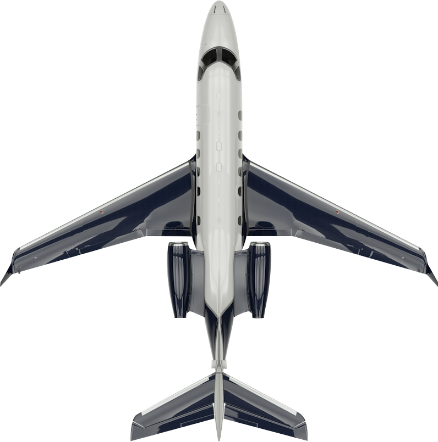
Punching way above its weight
There is a very fast AVANCE L5 system for internet access and it did not disappoint.
Punching way above its weight
There is a very fast AVANCE L5 system for internet access and it did not disappoint.
Single Engine and Twin-Engine Aircraft
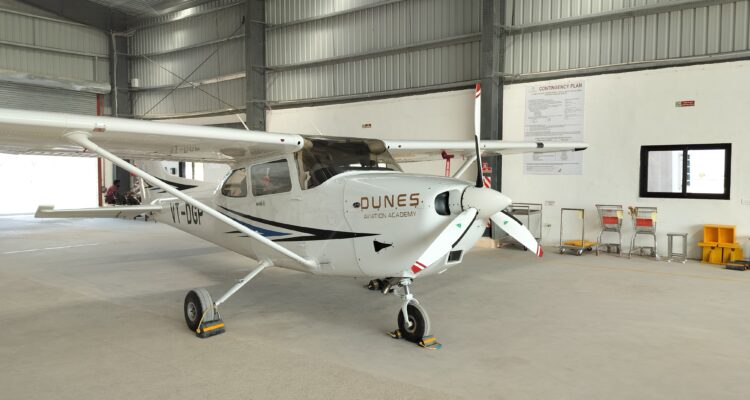
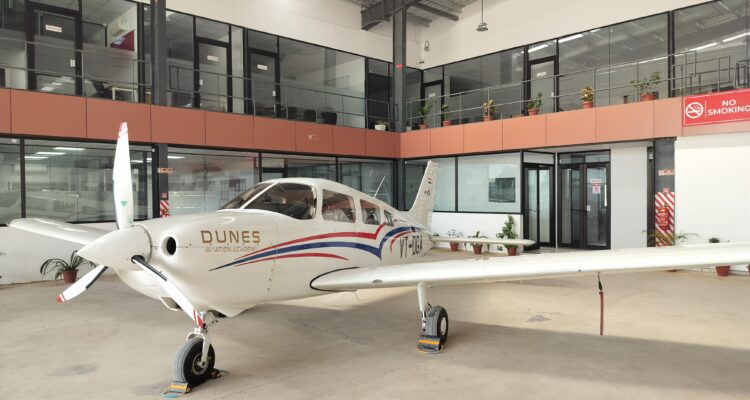

Explore DAA: A Virtual Journey
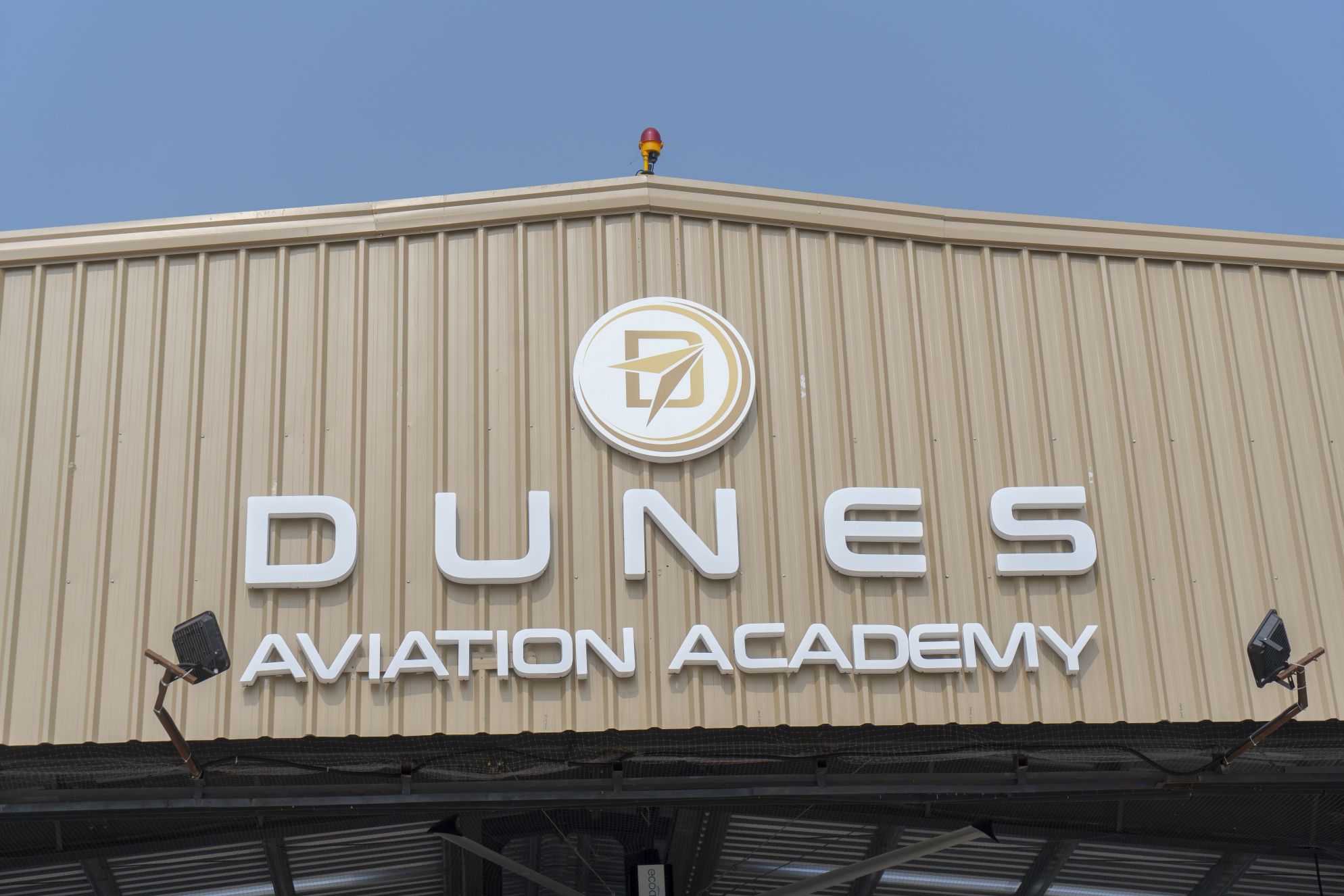

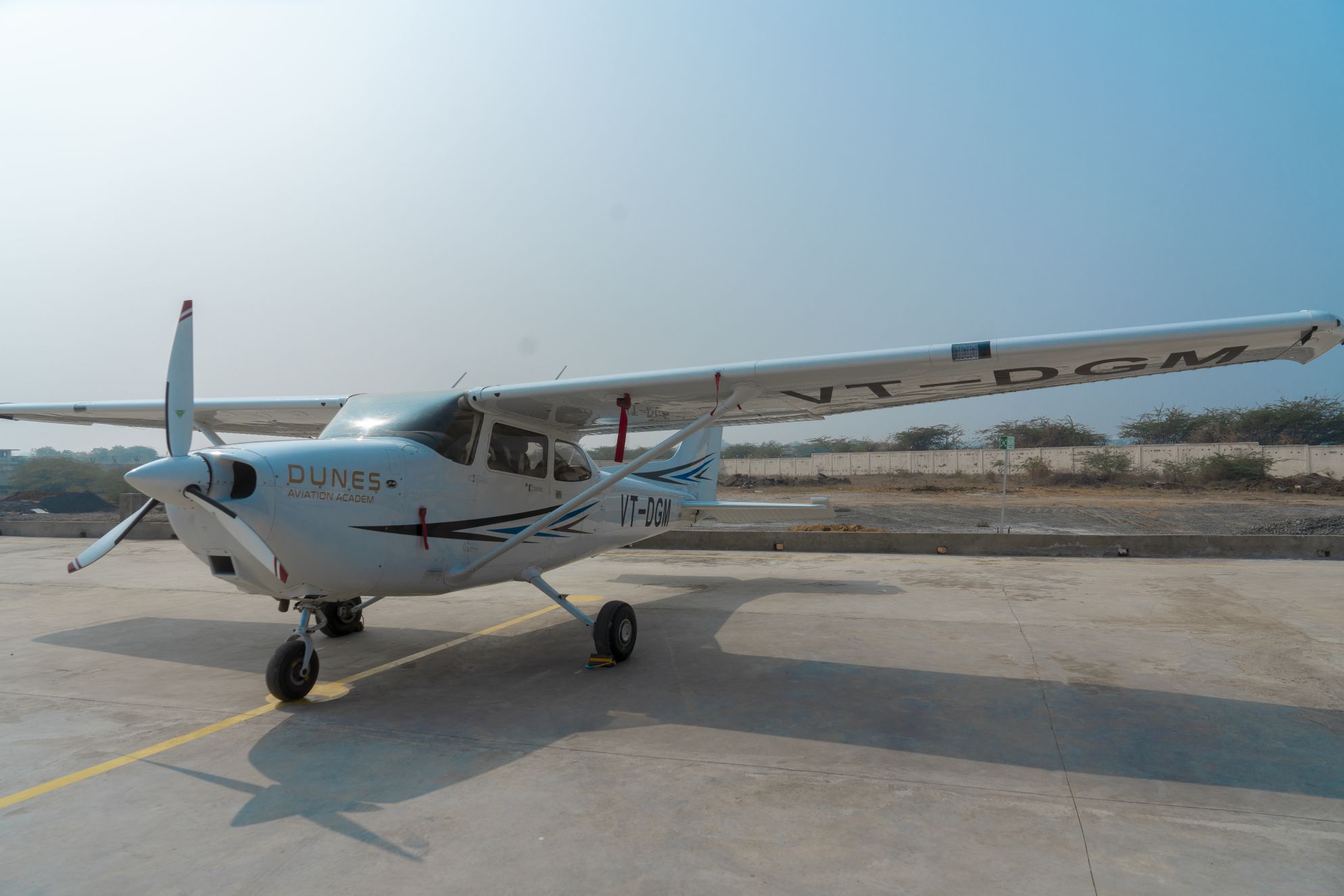

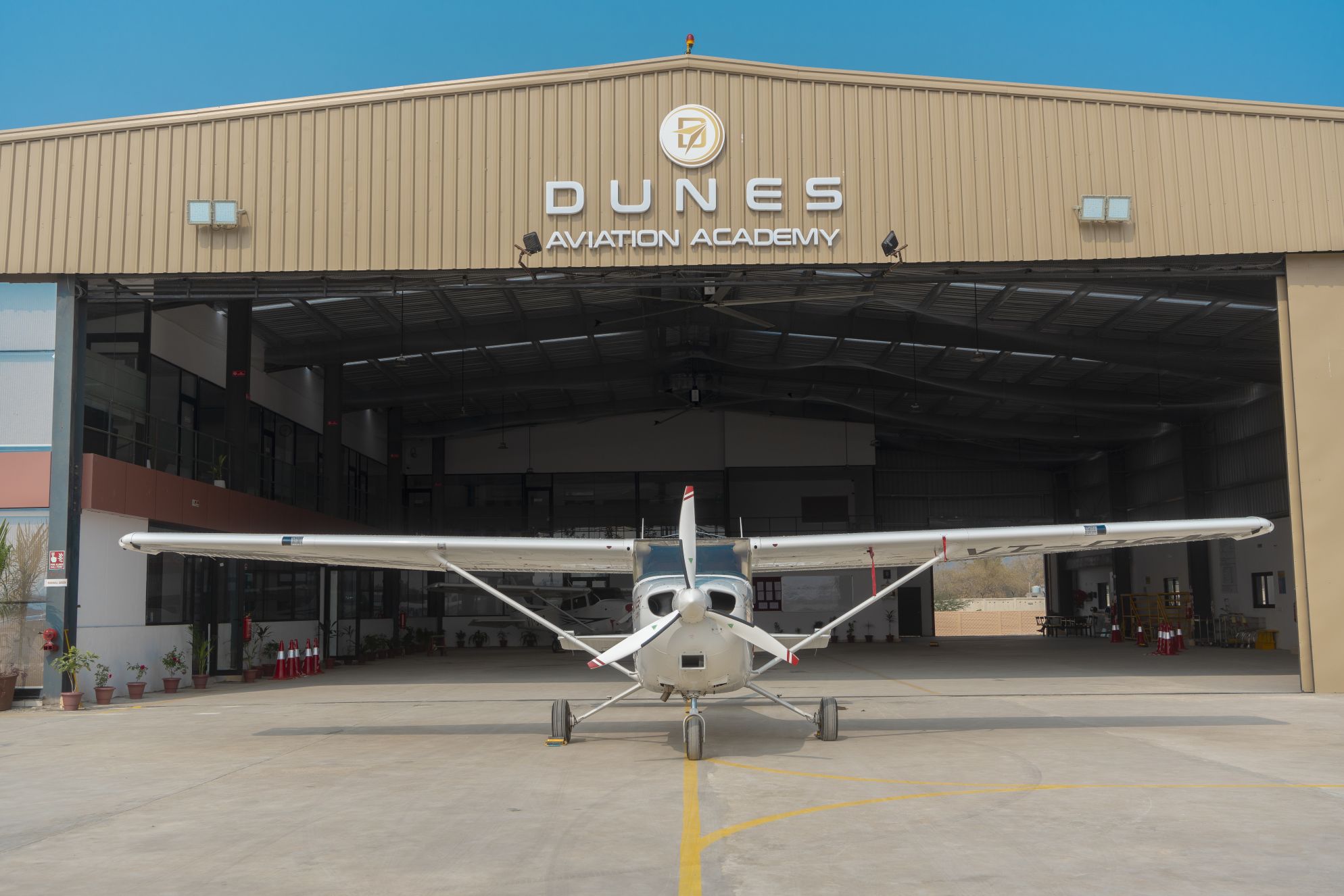

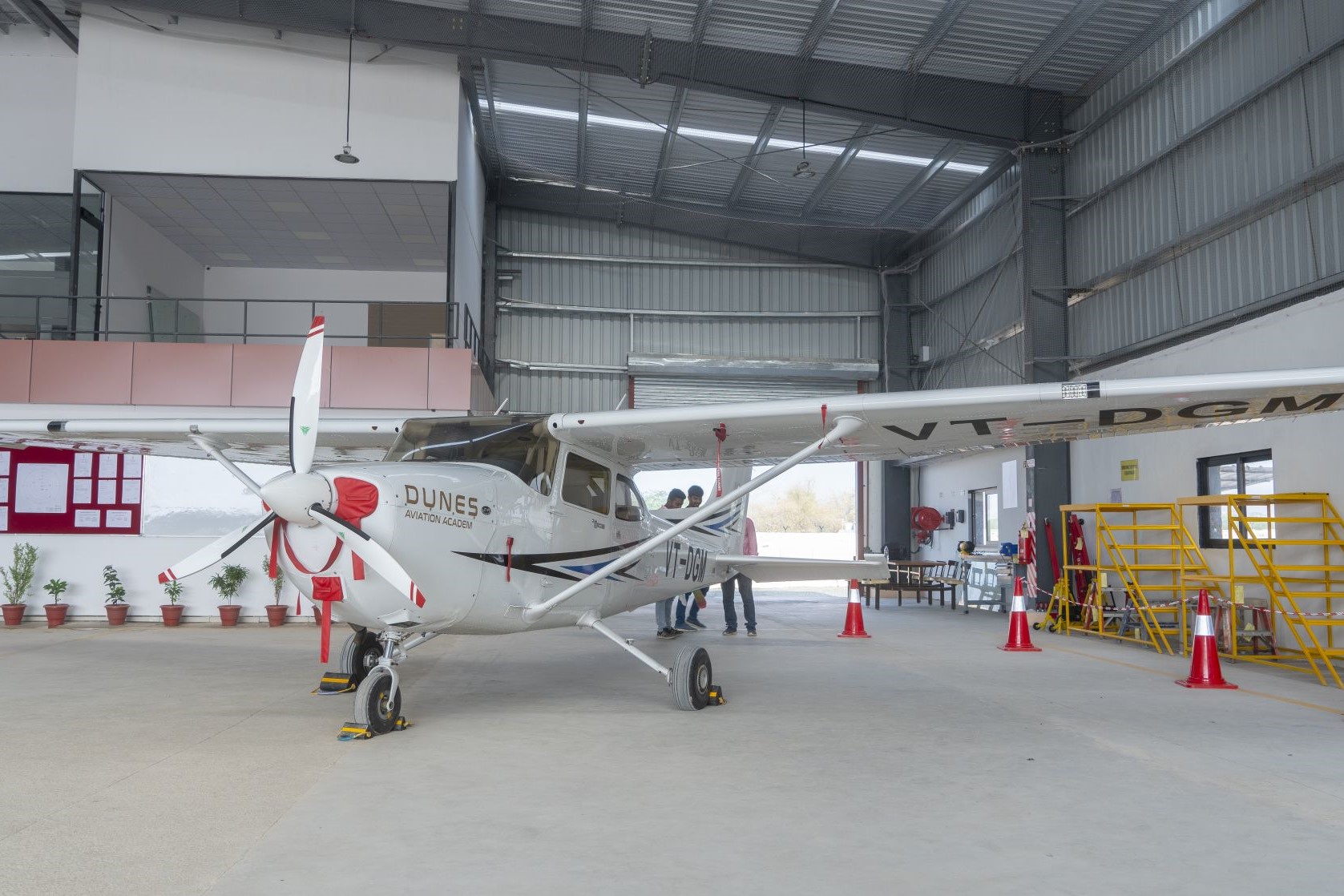
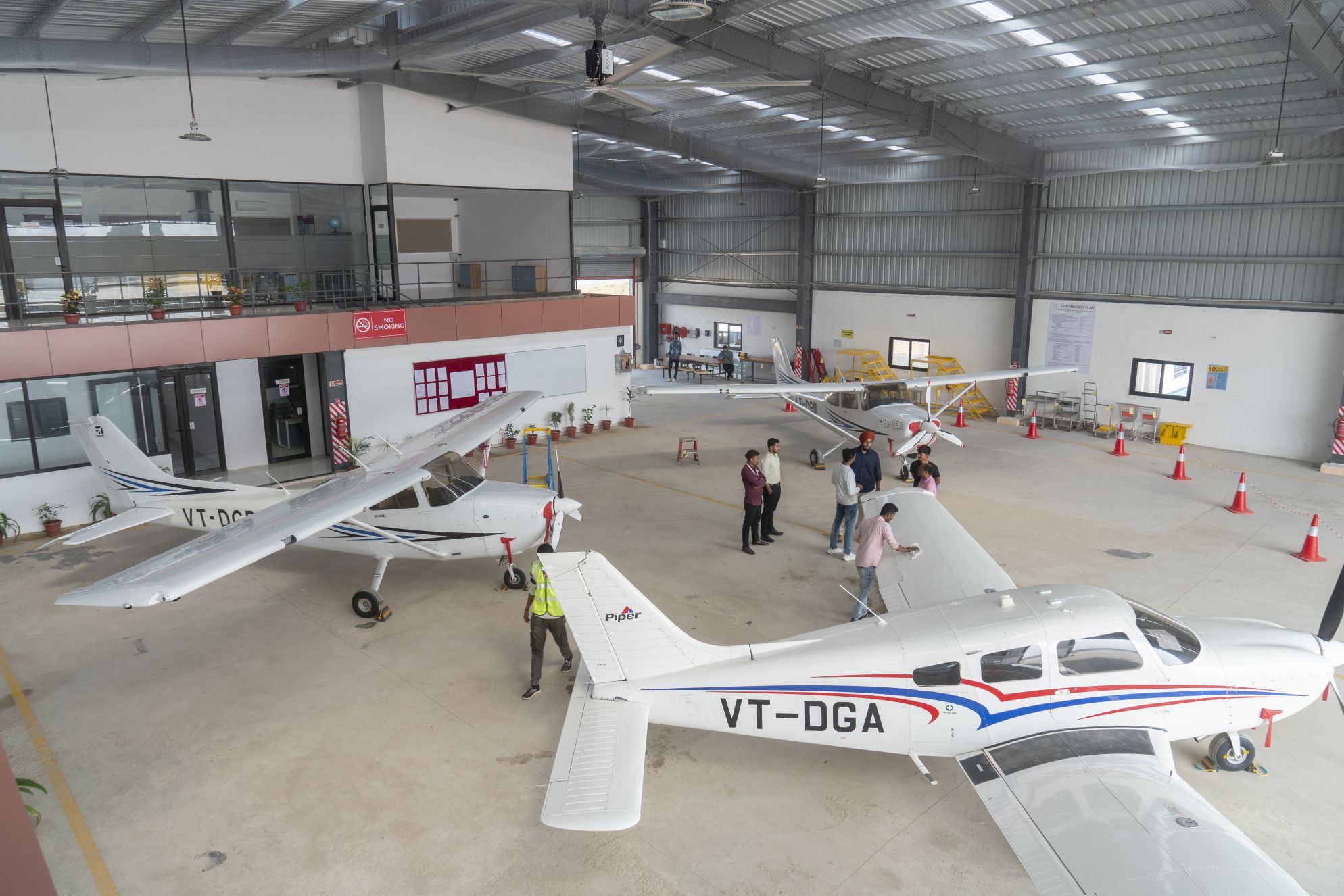
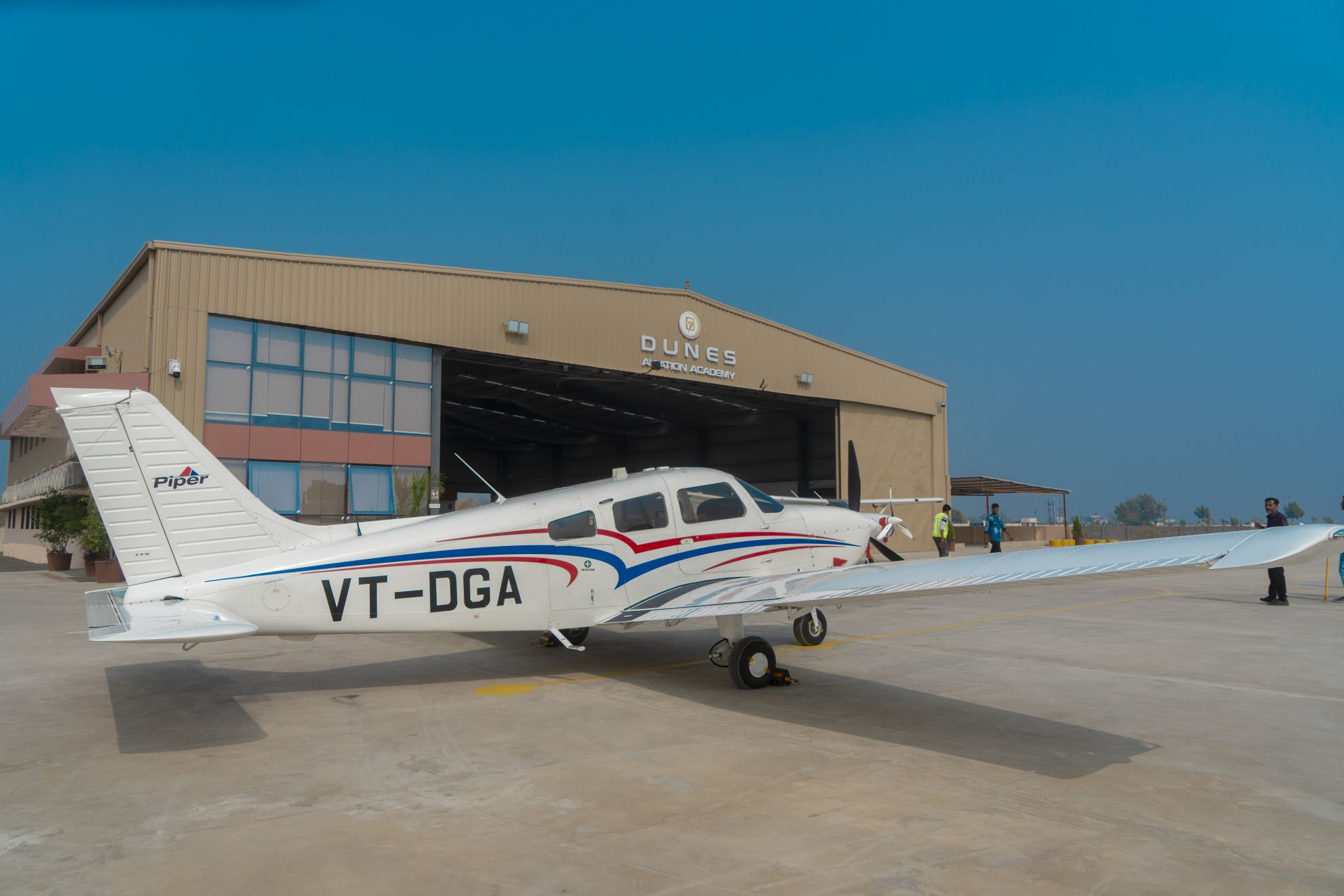

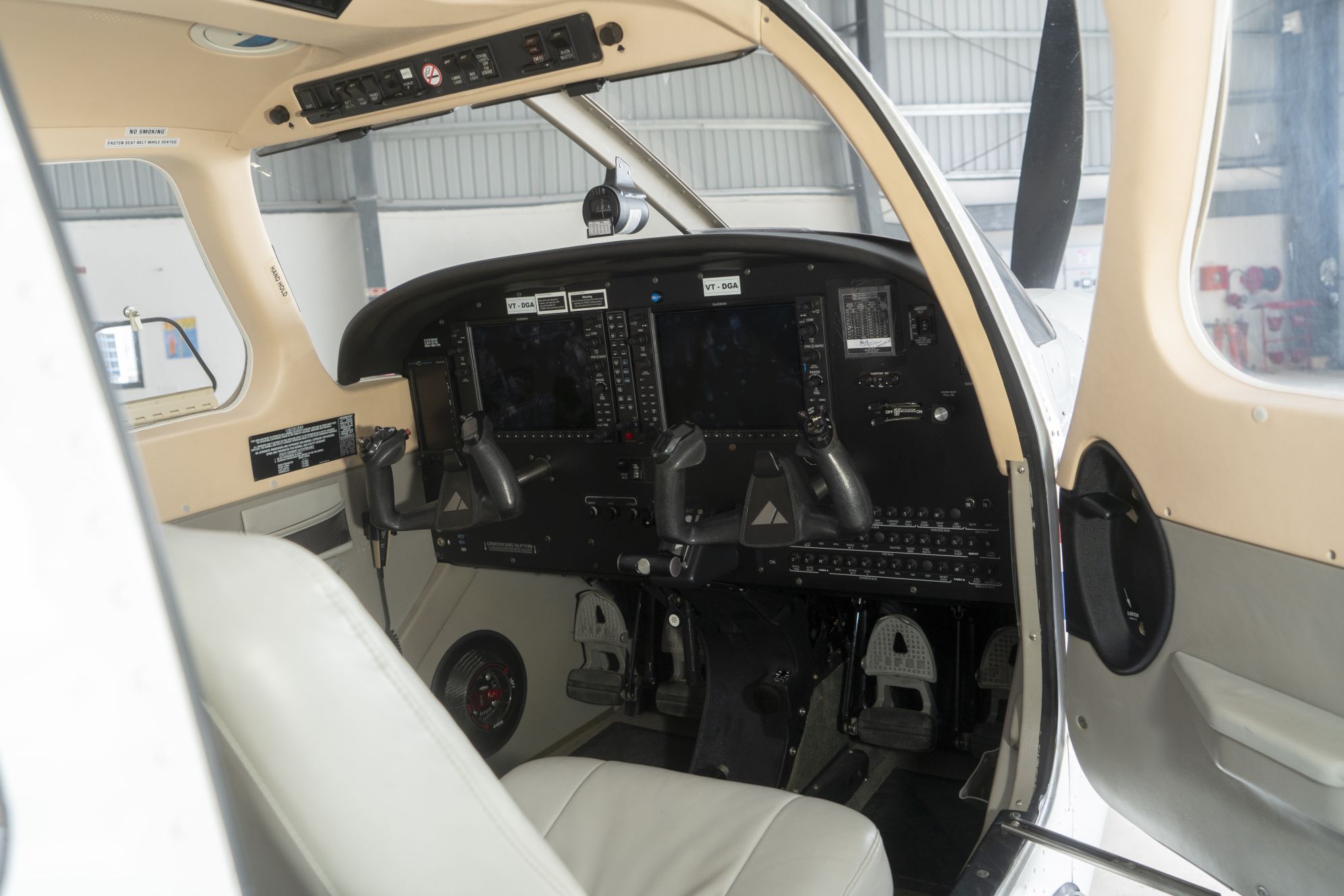
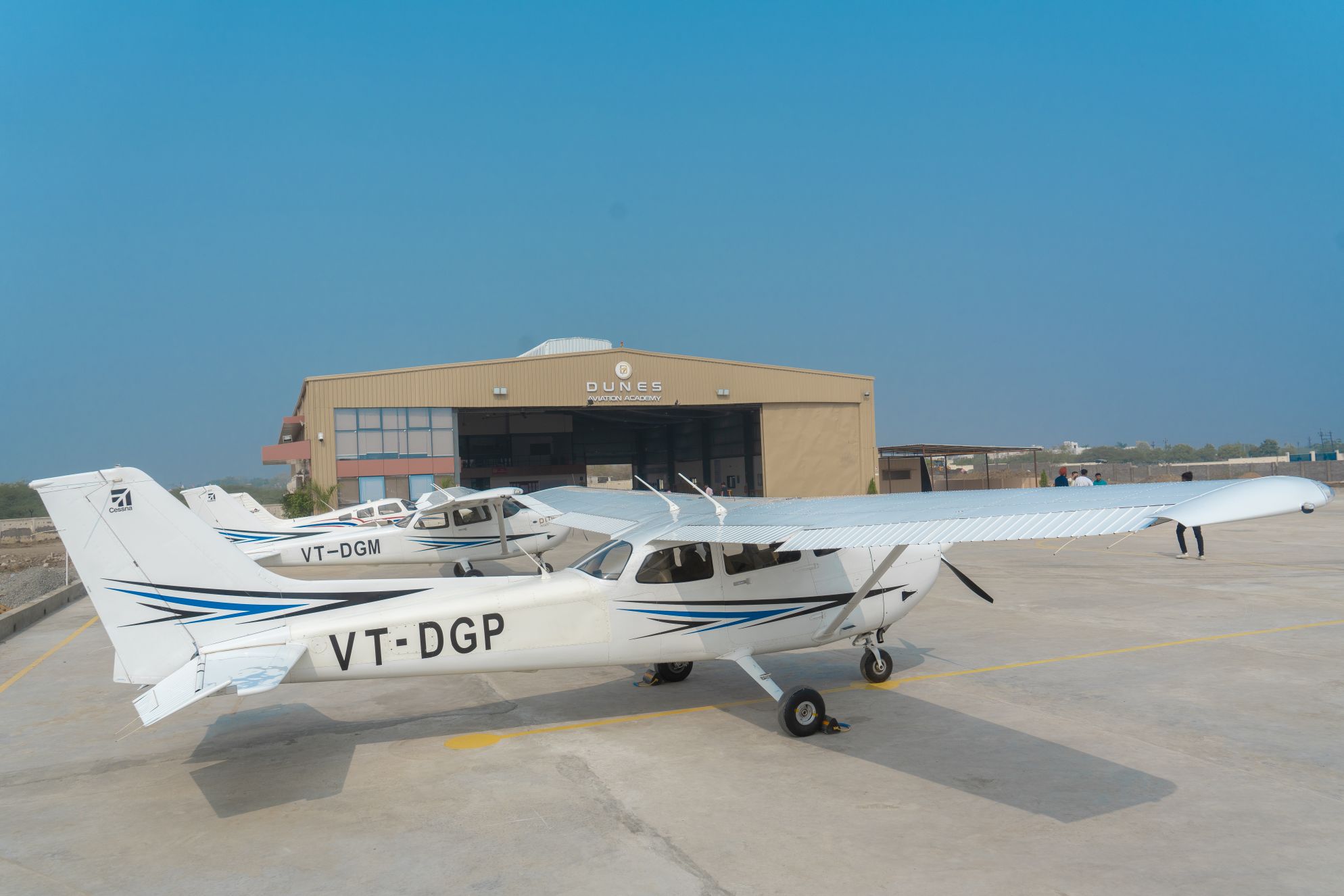
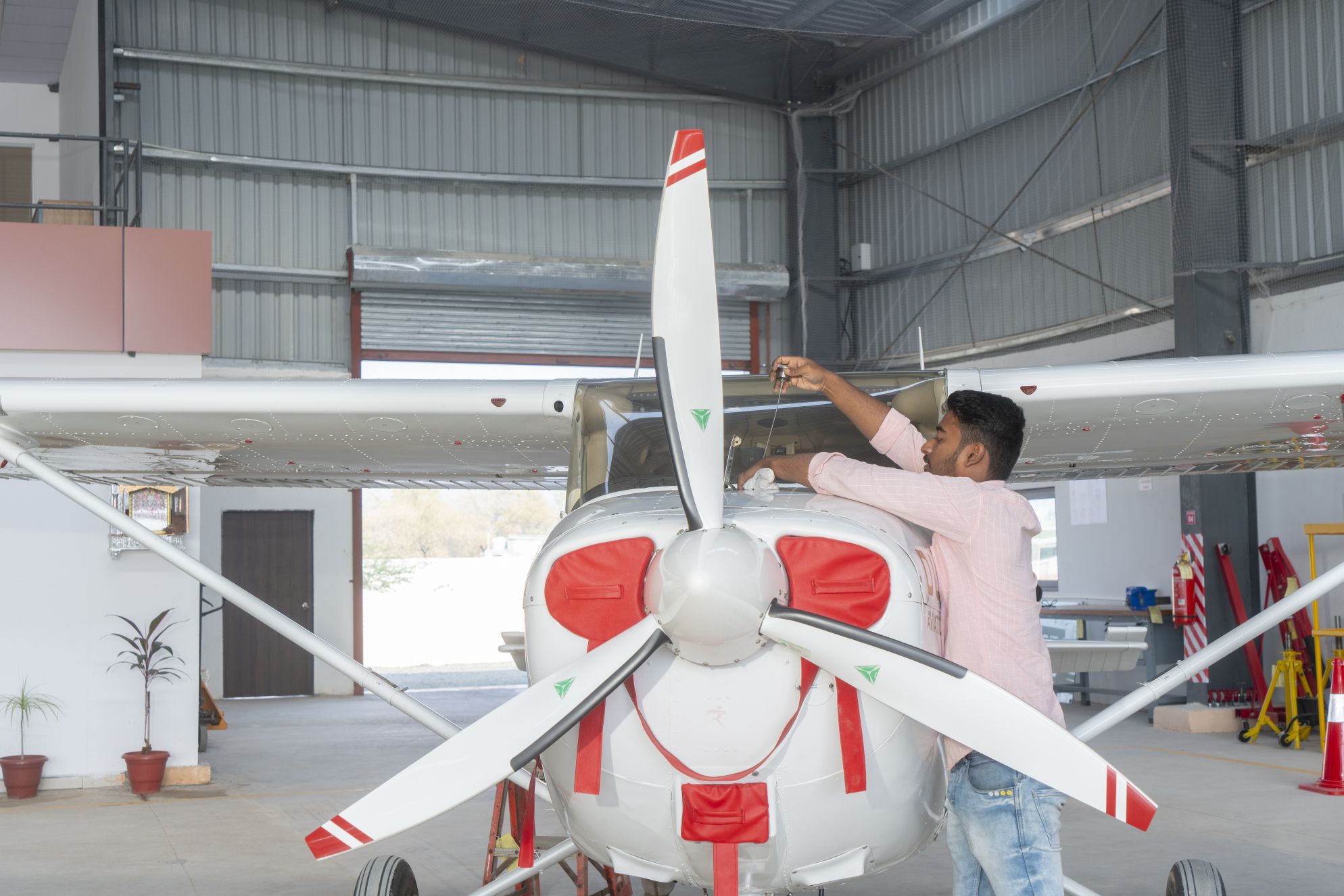

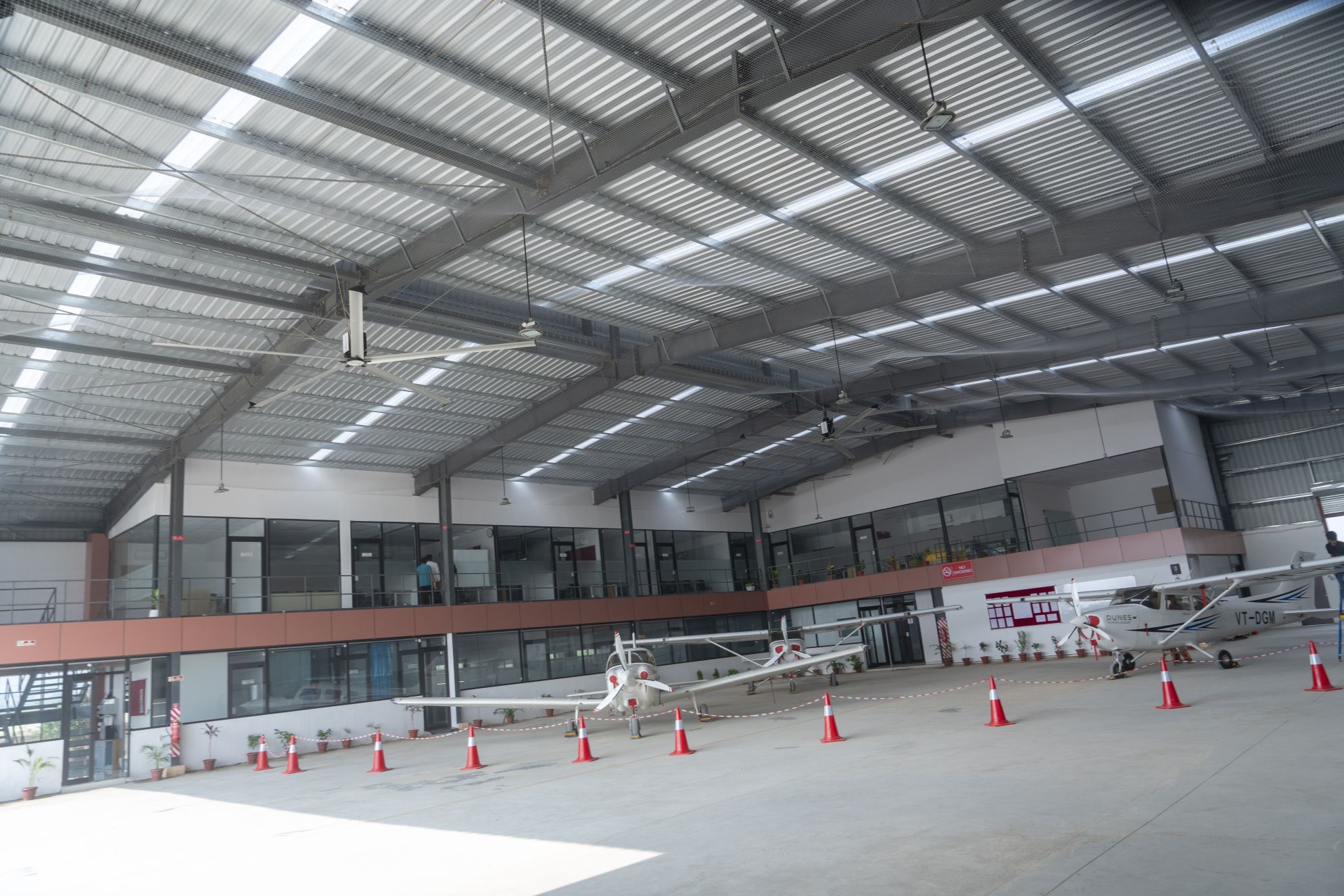
Hurry up! New Courses Will Start Soon
Our Student's Feedback

We teach martial arts because we love it — not because we want to make money on you.
Jhon Abraham
Marketing Manager
We teach martial arts because we love it — not because we want to make money on you.
Randall Schwartz
Marketing Manager
We teach martial arts because we love it — not because we want to make money on you.
Jhon Abraham
Marketing Manager
We teach martial arts because we love it — not because we want to make money on you.
Randall Schwartz
Marketing ManagerPlacement Opportunities
